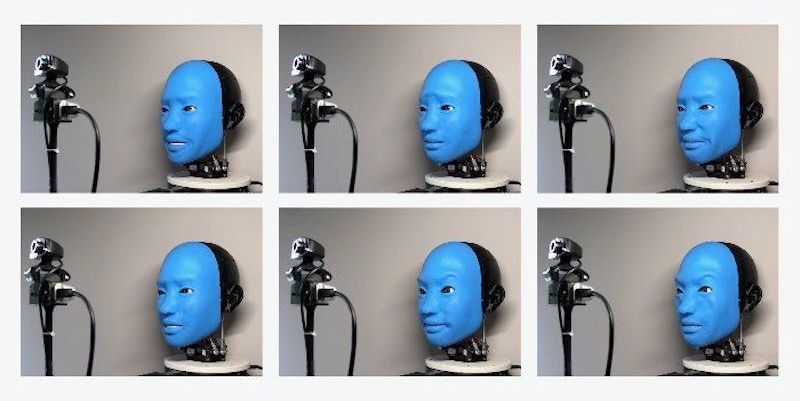Today, Sunday, May 30, 2021, at 1 p.m. Pacific Time, join us for a U.S. Transhumanist Party Virtual Enlightenment Salon with Ryan O’Shea, as we discuss the state of the transhumanist movement, life-extension advocacy, biohacking, Ryan’s Future Grind podcast, and more!
Watch on YouTube here:. You will be able to post questions and comments in the live YouTube chat.
On Sunday, May 30, 2021, at 1 p.m. U.S. Pacific Time, the U.S. Transhumanist Party invites Ryan O’Shea for a Virtual Enlightenment Salon to discuss a wide array of subjects related to transhumanism, including the state of the contemporary transhumanist movement, Ryan O’Shea’s Future Grind podcast, biohacking, the Human Augmentation Institute and the Human Augmentation Code of Ethics, Ryan O’Shea’s media work with the Lifespan Extension Advocacy Foundation with the goal of popularizing life-extension science, how to respond to common criticisms of transhumanism, thoughts on consciousness and free will, and strategies for advancing the transhumanist movement in the future.
Ryan O’Shea is an entrepreneur and futurist speaker from Pittsburgh, Pennsylvania. He is the host of Future Grind — https://futuregrind.org/ — a multimedia production company that seeks to increase technoliteracy and democratize access to information about emerging technologies, enabling more voices to be a part of the societal conversation surrounding technology. Ryan is also a founder of the Human Augmentation Institute, an organization focused on upholding bodily autonomy and ensuring that any efforts in human augmentation are done ethically, safely, and responsibly. He also serves as the spokesperson for Grindhouse Wetware, a group specializing in technology to augment human capabilities. In 2017, Ryan co-founded a National Institutes of Health and National Science Foundation-supported artificial intelligence startup that is working to use machine learning and automated just-in-time intervention for behavior change. Ryan has represented NASA and CalTech’s Jet Propulsion Laboratory as a Solar System Ambassador and serves both as a World Economic Forum Global Shaper and an ambassador for Pittsburgh AI. He is a graduate of the University of Pittsburgh and currently serves on the boards of multiple non-profit organizations.
Become a member of the U.S. Transhumanist Party for free, no matter where you reside: https://transhumanist-party.org/membership.
#USTranshumanistParty #VirtualEnlightenmentSalon #USTP #Biohacking #Bioethics #Transhumanism









